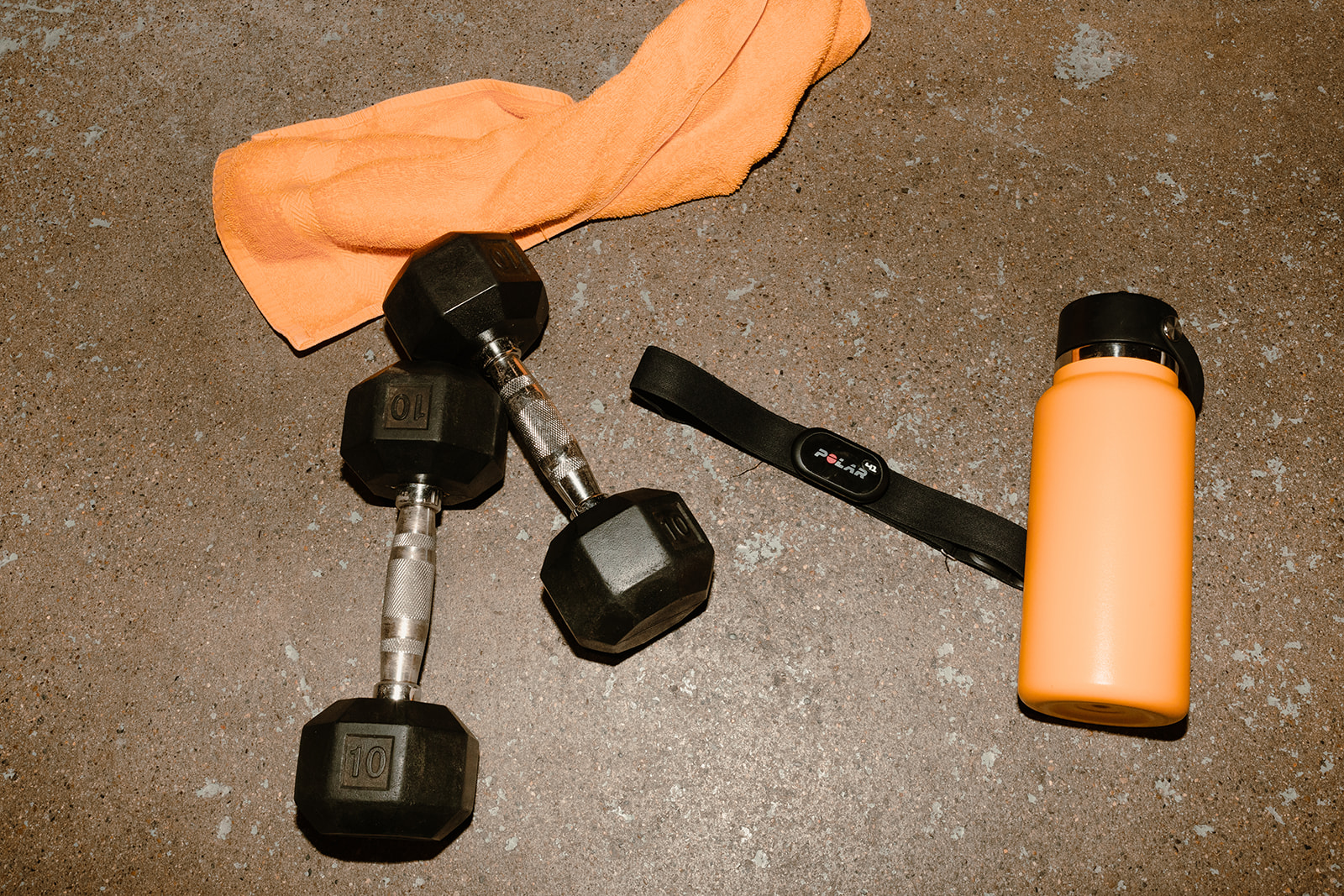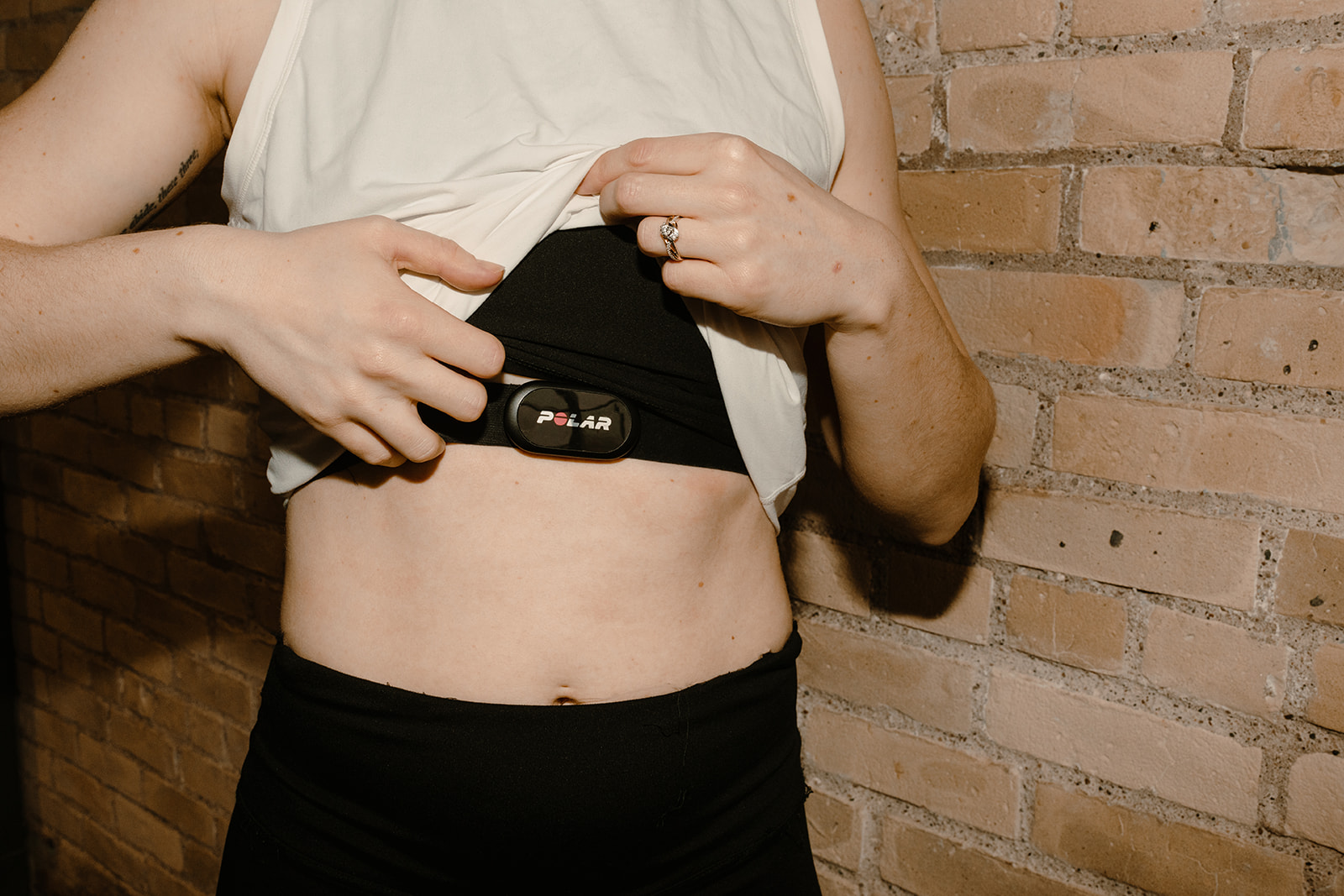Rev up Your Workouts with Heart Rate Monitor Training
Increase your fitness and improve your performance with heart rate monitor training. Whether it’s a Proximal50 Pulse class or just a regular gym session, learn how you can use your heart rate to get the most out of your workout.
You can’t step into the gym or any workout class without seeing someone wearing a smartwatch.They’re tracking the time of their workout, calories, distance, heart rate etc. But are they actually doing anything with that data? Chances are not a whole lot. Monitoring your hear rate during a workout can help increase your fitness and performance so let’s talk about how you can make the most of your workout.
Weight Loss & Heart Health
Cardio or aerobic training basically means to gets the heart pumping. It can be low intensity, like walking around; or high intensity, like running — or anywhere in between. Which is good news for you, because however you get your body moving is good!
The Benefits of Heart Rate Monitor Training
1. Embrace Your Work
Although all levels of aerobic activity are good — variation is the best. One of the best ways to ensure variation is to wear a heart rate monitoring device. Training your heart to stay within a certain range is much harder than always going all out. It’s important to understand the different heart rate training zones and make sure throughout the week you spend time in all zones. For example, only 9% of your weekly exercise time should be in the red zone (90% of your max heart rate) – take note you balls-to-the-wall cardio fans.
Takeaway: variety is important – we need those more steady-state workouts just as much as we need the balls-to-the-walls workouts
2. Recovery is Magically
Yup, how fast your heart rate comes back down to normal is a sign that we are in tip-top shape. Well conditioned hearts recover quicker, bringing us to a rested state. This is important for lots of biological reasons — like not producing too much stress hormone (cortisol). It also allows our energy to be saved to push even harder during our next bout of exercise. Tracking heart rate helps you keep an eye on recovery. Consistently monitoring how your heart rate recovers can also prevent overtraining. Your heart rate won’t recover the same when we are over-stressing the body!
Takeaway: monitor how quickly your heart rate can recover from working efforts
3. Train with Intention
Whether your goal is performance, weight loss, or just general health — being intentional with your exercise time is important. This is more than just starting your watch and tracking your calories (which aren’t accurate BTW). It’s understanding what’s happening in each training zone and training based on your goals. Some zones help you maximize fat burn, other zones are more for performance, and the middle of all that is great for your heart health.
Takeaway: be intentional – don’t just turn your watch on and go – have a plan 😉

MEDICATION + HEART RATE
There are many different factors that can affect your heart rate. One of the biggest factors is also the one you may not think of: medication.
If you are taking any prescription or over-the-counter medications, it is likely going to affect your resting and/or exercising heart rate. Some will keep your heart rate down and others will increase it and this is why we encourage everyone to have an idea of how your medication and/or supplements might impact your heart rate.
Example: if you are taking a medication that has the effect of keeping your heart rate down (blood pressure meds being a common one). You could work at max effort during your workout and you may not get out of the green zone.
On the flip side, if your medication has the effect of increasing heart rate (some antibiotics and OTC cold medicines), You could barely be exerting yourself but be in the red zone.
MAKE IT COUNT:
Tips for improving the efficiency of your heart rate monitor.
WATCH YOUR SENSOR Make sure the sensor has both snaps connected to the chest strap. The sensor should be directly below your sternum (chest bone).
KEEP IT TIGHT Your chest strap should be tight enough to not slide on your skin.
WET THE BACKING Once your strap is secured around your chest, run your hand under water and rub between your skin and the strap. Having this portion of the chest strap wet will improve the connectivity.
WARM UP Arrive early and warm up prior to class. You’ll improve your connectivity by having a good sweat going.
FOR THE LADIES The chest strap should be under your sports bra and in contact with your skin.
Tip: be sure the heart rate strap is snug under your bra strap. This will ensure your bra strap doesn’t move your heart rate strap down as you move.
Ready to start heart rate monitor training? Get started by booking a Pulse Class


